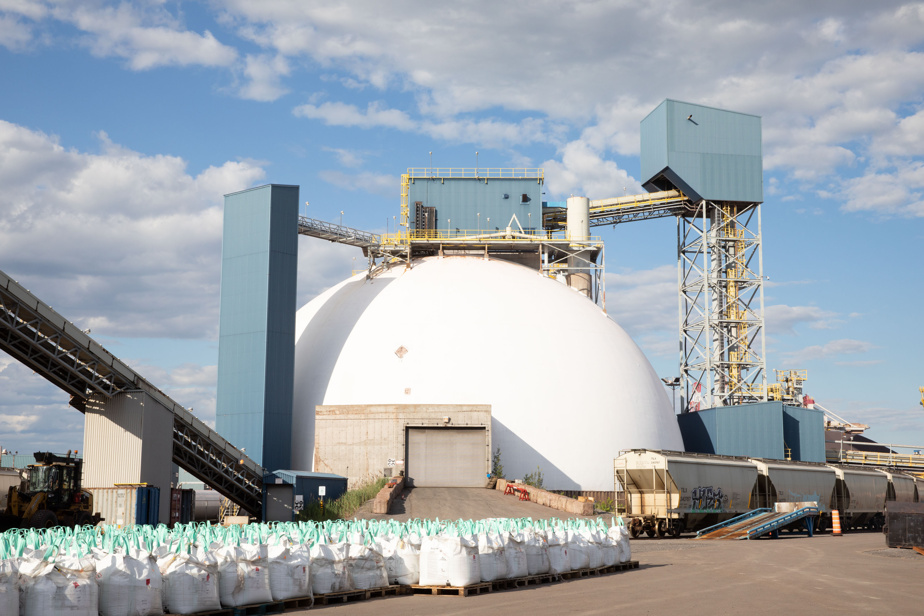(Quebec) The Quebec government is blaming Glencore and asking it to implement corrective measures to reduce discharges from its Quebec facilities following an investigation launched at a time when environmental standards were relaxed to allow the industry to emit more nickel into the air.
The Ministry of the Environment sent a “pre-order notice” to Glencore Canada Corporation on Friday.
Quebec’s requests
- To ensure that its equipment used to reduce the release of contaminants into the environment is “maintained in good working order”
- To install devices to measure the concentration of contaminants released
- To implement preventive or corrective measures and to transmit the data collected to it
During its investigation, the ministry found a link between Glencore’s “cycle of bulk transhipment activities related to nickel production” and “the increase in nickel compounds found in the environment”, which “would indicate an impact on ambient air quality”.
Government experts point the finger directly at Glencore since “the chemical signature of the nickel found on the filters of the Québec-Vieux-Limoilou station corresponds in every way to the chemical signature of the nickel found in the samples taken at Glencore installations located in the port area.”
The ministry also notes that “certain equipment or devices used by Glencore were not, at all times, in good working order or used optimally.”
Two notices of non-compliance were sent to Glencore, on February 29, 2024 and June 6, 2024, in connection with the breaches noted, it is indicated.
Relaxation of standards for the benefit of the industry
This prior notice is the culmination of the reinforced control plan implemented in 2022 to improve air quality in the Limoilou district of Quebec.
This plan was announced at the same time as the easing of the nickel standard, decreed by Quebec to give a boost to the industry. The limit for particles in the air increased from 14 to 70 nanograms per cubic meter (ng/m3) daily. The 18 regional public health departments had spoken out against this increase.
As Minister of the Environment, I want us to develop the battery sector. If we want to electrify transport, we need batteries. If we want batteries, we need nickel.
Environment Minister Benoit Charette in February 2022, during a press conference on the new nickel standard
At the time, Mr. Charette did not believe that the investigation would determine that Glencore had a significant impact on air quality in Quebec.
“What we will probably learn is that we need to do more at the incinerator level, that we need to do more at the level of other sources of contaminants,” explained the minister, according to whom nickel in the air is not the main issue for the sector.
Since then, however, the station has recorded exceedances of the new nickel standard. Three exceedances of the nickel standard in particular attracted the attention of the ministry, between December 17, 2022 and January 6, 2023, which ranged from 120 to 151 nanograms per cubic meter of air, reported Radio-Canada.
